Top MBA Recruiters: Evercore Partners

Since its founding in 1995 by U.S. Treasury veteran Roger Altman, Evercore has become one of the world’s top independent investment banking advisory firms. Its services include advisory of strategic transactions such as mergers, acquisitions, public offerings, and divestitures, among others. Which means Evercore jobs may be perfect for MBA students and graduates.
Continue reading…Are Business School Neighborhoods Becoming More Gentrified?
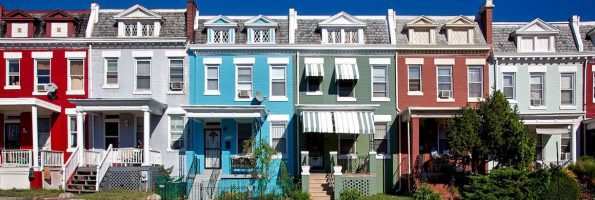
When universities are found in downtown urban areas, gentrification most often follows. It almost seems inevitable since universities bring in more individuals with higher education, draw in more money, and increase new businesses. But what does the rapid increase of gentrification statistics mean for the business school students looking to start their career in a new area?
What Is Gentrification?
First, we need to look at what gentrification is. In simple terms, it’s the influx of more affluent residents moving into urbanized neighborhoods. At the outset, it may sound good, but it can be controversial.
Gentrification may improve the financial quality of a neighborhood, but it can also force the relocation of current residents and businesses due to increasing costs. Often, the process of gentrification also shifts a neighborhood’s racial and ethnic composition, as well as the average household income. This can lead to community displacement for lower-income families in gentrified areas, some of which often live in the area for several generations.
However, there is a grey area. Gentrification happens when a location becomes increasingly attractive. At that point, more high-income individuals move into the area bringing in investments in the community and leading to improved infrastructure and economic development.
What Causes Gentrification?
According to a recent comprehensive review of gentrification completed by researchers at UC Berkeley and UCLA, gentrification most often occurs when more public transportation is available. People are more attracted to transit hubs because they allow more privileged groups to trade car commutes for transit and signal a large-scale commitment to neighborhood upgrading, which, in turn, leads to increased employment opportunities.
Another spur to gentrification is education. Quality schools, universities, colleges, and medical centers tend to shape gentrification. The substantial federal support that public universities receive brings money into neighborhoods through many means including housing and housing subsidies for faculty and staff. A CityLab study revealed that universities and other academic institutions are key to attracting the creative class, creating more market demand and political pressure for better amenities, schools, and other services.
Analyzing University Neighborhood Gentrification Statistics
Since universities have such an impact on gentrification, we thought we’d take a look at what areas and schools have been most affected. While gentrification is not something most urban areas should aspire for, it happens, and it’s important to know where it’s occurring the most.
To find out, we looked at a recent study by RentCafe of the most gentrified areas in the U.S. The study took a look at the 2000 Census and the 2016 American Community Survey to see the changes that took place over a decade and a half across 1,000 U.S. ZIP codes. The study found that there are easy ways to quantify gentrification statistics when looking at median home value, median household income, and the population that holds a bachelor’s or higher degree.
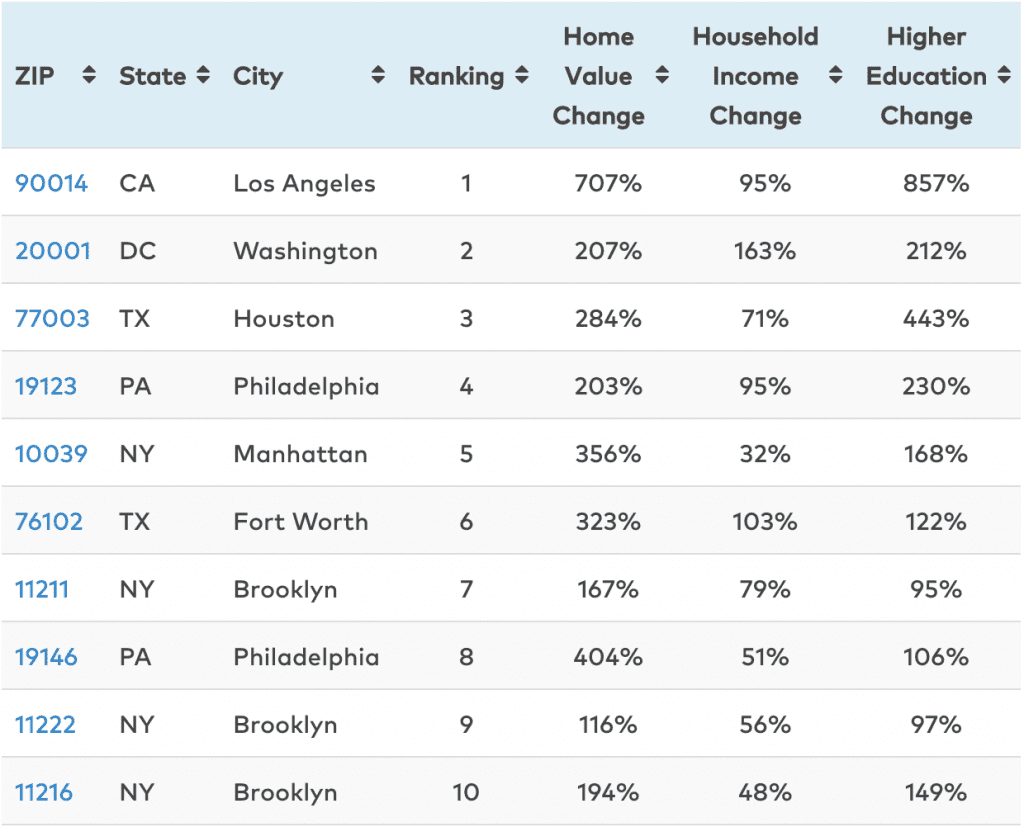
Based on the results of the study, we analyzed the top five MetroMBA universities in gentrified areas.
-
University of Southern California
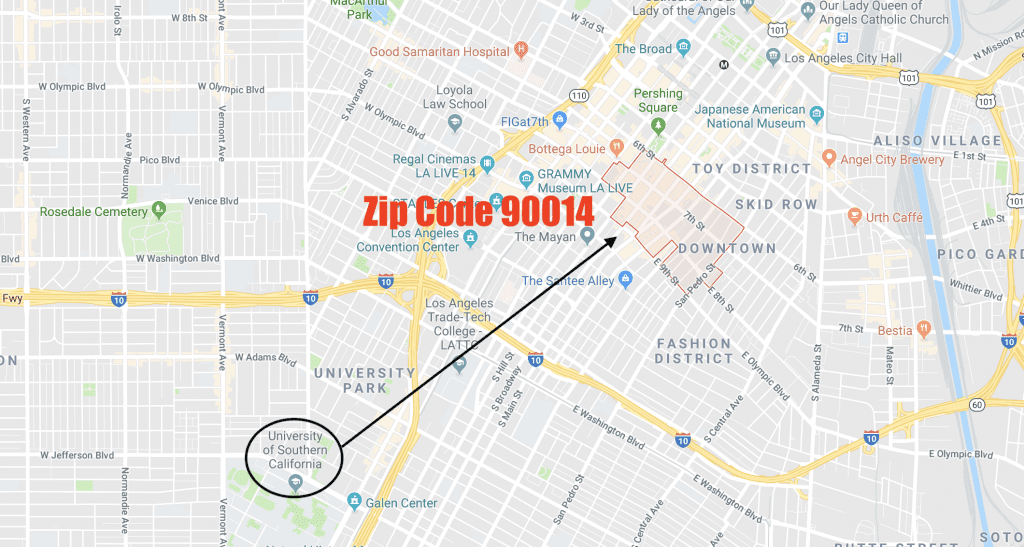
Located less than five miles away from ZIP code 90014 in Los Angeles, USC Marshall is just on the edge of the most gentrified area in the U.S. Over the last 16 years, this area has witnessed:
- A 707 percent increase in home values
- A 95 percent increase in median household income
- And an 857 percent increase in people holding bachelors or higher degrees
So, while some at USC might be fighting gentrification, it may not be working. Just last year, USC opened up a brand-new $700 million USC Village with a Target Express, Trader Joe’s, and 15 restaurants, transforming the surrounding neighborhood. And even though as part of the development USC provided $20 million for construction of off-site subsidized housing, there are still concerns.
“Across the street, land values are going to increase,” Joe Donlin, Associate Director of Strategic Actions for a Just Economy, told KPCC. “We know the landlords are going to rent at higher levels of rent.”
-
Howard University
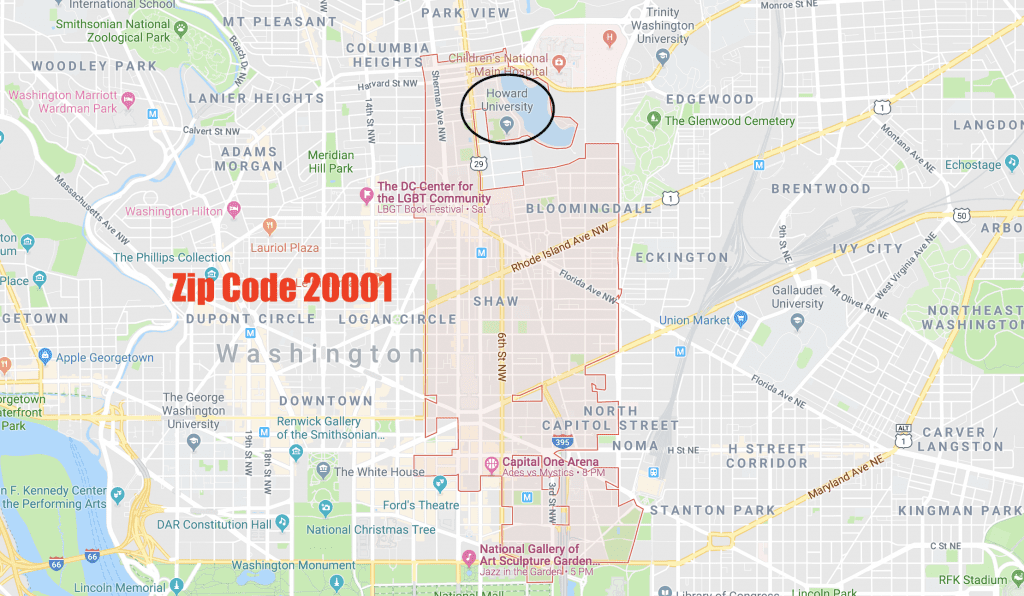
Located in Washington, D.C. Zip Code 20001, Howard University’s campus is located directly in the second most gentrified area in the U.S. Over 16 years, the area has witnessed:
- A 207 percent increase in home values
- A 163 percent increase in median household income
- And a 212 percent increase in people holding bachelors or higher degrees
The gentrification statistics of the Howard University area hasn’t gone unnoticed. According to NPR, there has been a drastic change:
“The area, located just a couple of miles north of Capitol Hill, was once working-class and black. But as hundreds of new residents move to D.C. each month, more non-black residents move into Howard’s neighborhood. And as property values rise, the university is trying to capitalize on the hot real estate market.”
-
University of Houston — Downtown
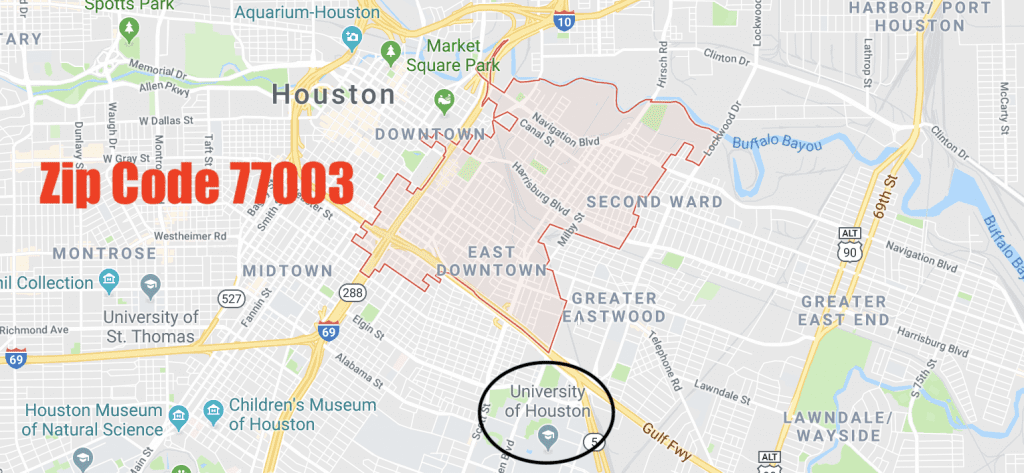
Located just steps away from zip code 77003, The University of Houston campus is located near the third most gentrified area in the U.S. In the last decade and a half, the area has seen:
- A 284 percent increase in home values
- A 71 percent increase in median household income
- And a 443 percent increase in people holding bachelors or higher degrees
Much of the gentrification can be laid at the university’s feet as its student housing footprint has expanded into surrounding neighborhoods over the last decades. According to the Houston Chronicle, “In the portion of the neighborhood closest to downtown, which includes Emancipation Park, median home values increased 176 percent between 2000 and 2013, according to an analysis of census estimates conducted by Governing.”
-
University of Pennsylvania
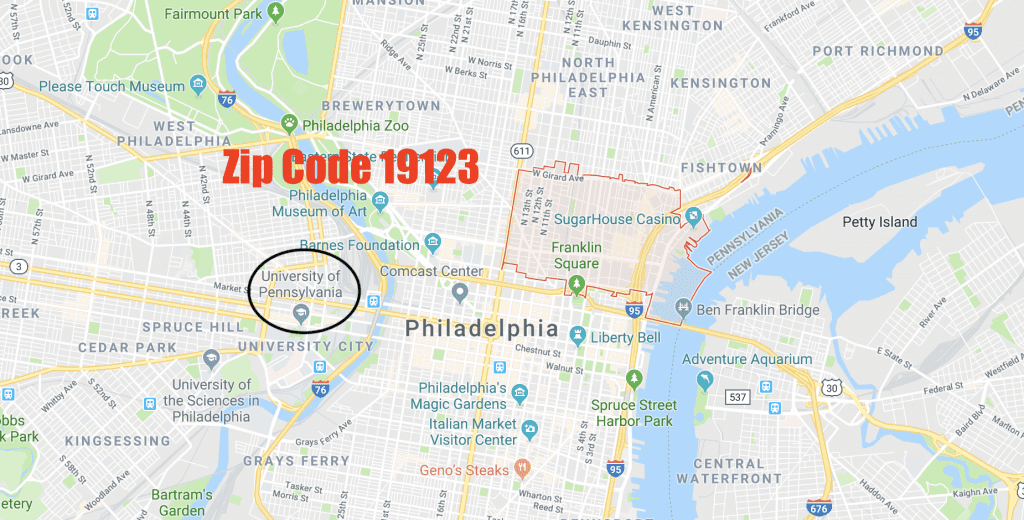
The Wharton School at UPenn is less than five miles outside the fourth most gentrified neighborhood in the country: zip code 19123. This area, over the last 16 years, has noticed:
- A 203 percent increase in home values
- A 95 percent increase in median household income
- And a 230 percent increase in people holding bachelors or higher degrees.
In fact, UPenn has had a complicated history with gentrification over the years, dubbed Penntrification by some. The problem, according to The Daily Pennsylvania, is that in West Philadelphia Penn students’ demand for housing is displacing low-income families. There have even been protests criticizing the university for causing gentrification in the area.
-
Texas Christian University
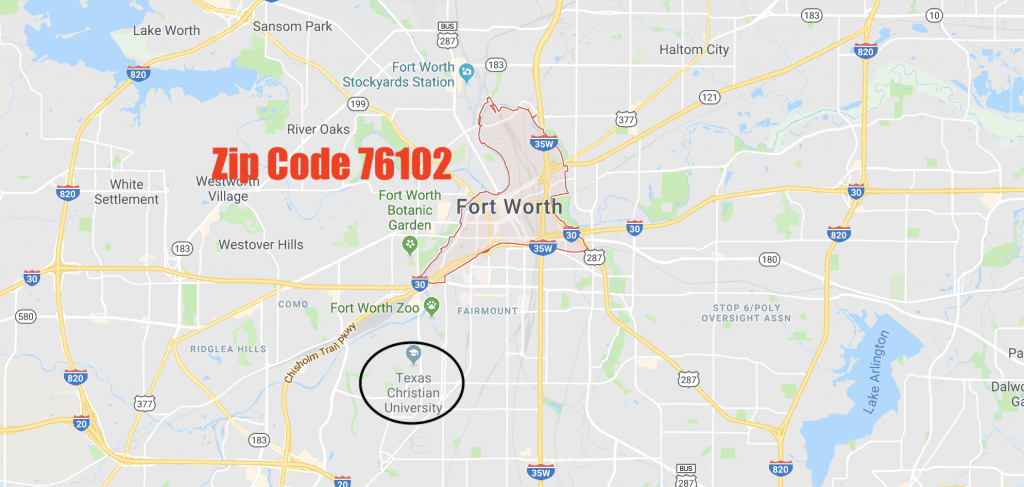
Fort Worth, TX, contains the sixth most gentrified area in the U.S.; just two miles away from Texas Christian University (TCU). Over 16 years, the area has witnessed:
- A 323 percent increase in home values
- A 103 percent increase in median household income
- And a 122 percent increase in people holding bachelors or higher degrees
While Fort Worth’s growth has brought new life to the city’s urban core, it’s also sky-rocketed property values. In particular, the areas around TCU are growing quickly. The university recently completed a $100 million renovation for its football stadium—just five years after its last overhaul, which reportedly cost $164 million.
School v. School: NYU Stern or Columbia Business School?
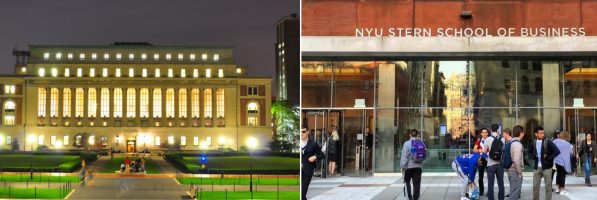
What happens when you pit two of the New York metro’s top business school’s against each other in a head-to-head duel of MBA might? It’s a school vs. school showdown, as we compare Columbia Business School to the Stern School of Business. Let’s take a deeper dive! Continue reading…
MBA Startup: Maple Food Delivery Service

Food and start-ups go together like pizza and pepperoni, peanut butter and jelly, General Tso’s and white rice — new businesses and new ways for consumers to fill their stomachs go hand in hand. In today’s connected, digital, and fast-paced world, start-ups have found new ways to bring food directly to consumers in quick, efficient and affordable ways. Some of the most successful food delivery companies, such as GrubHub, started as small-time apps before becoming synonymous with 2AM pizza and desperate dumpling orders. Continue reading…
Hofstra’s Zarb School of Business Launches Accelerated MBA Program in Manhattan
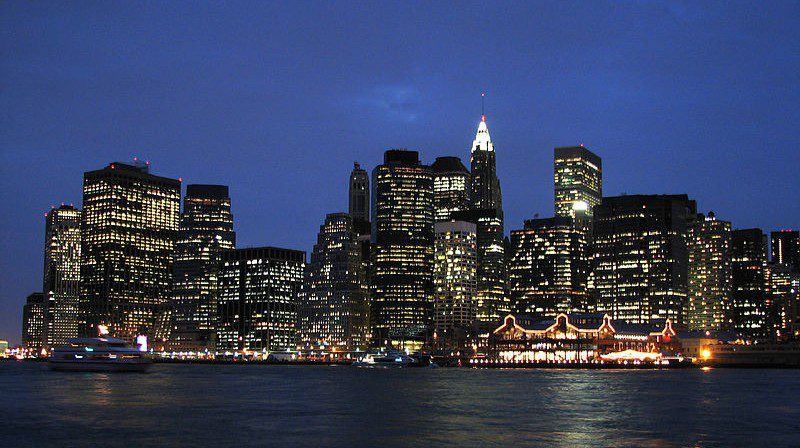
The Frank G. Zarb School of Business at Hofstra University announced the launch of an accelerated MBA program in Manhattan designed for the working professional that can be completed in less than three years.
The MBA in strategic business management is a 41-48 credit hybrid program combining online and on-site classes that will be located in the Manhattan Eye, Ear & Throat Hospital on East 64th Street, between 2nd and 3rd avenues. The first cohort, which has 25 slots available, will begin September 2014.
To introduce the Manhattan program, the Zarb School is sponsoring a series of free lectures on self-branding for career growth featuring Dr. Joel Evans, the RMI Distinguished Professor of Business and a professor of marketing and international business, on April 22 in Manhattan and April 30 in Melville, Long Island. Both events run from 6-8 p.m. The events are free, but registration is required. Continue reading…
Baruch College’s Zicklin School of Business to Host Panel Discussion on Income Inequality
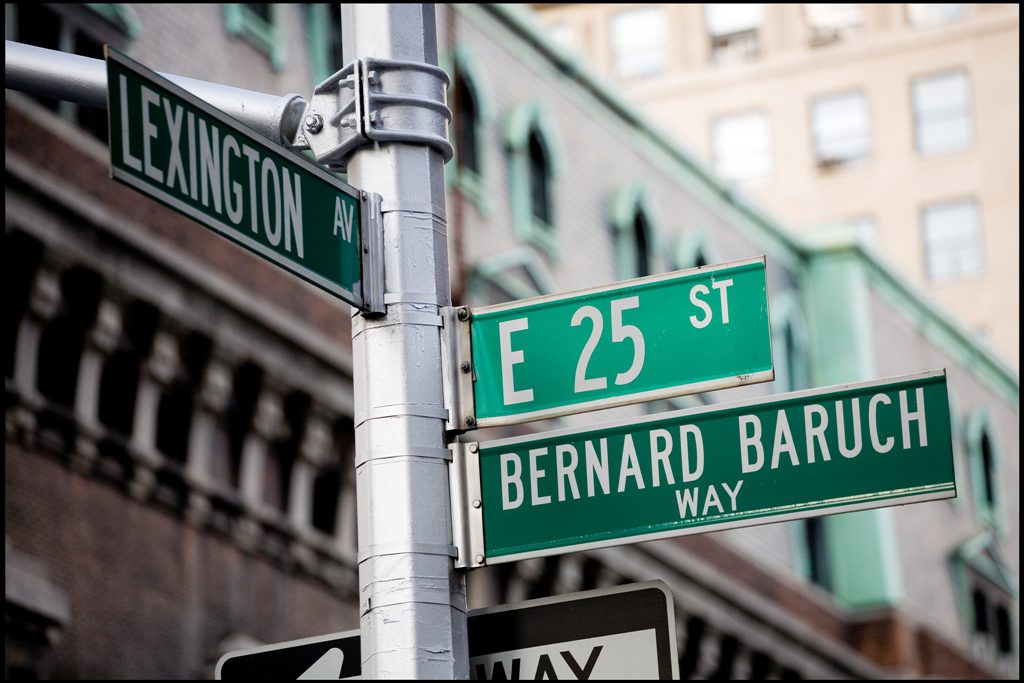
In partnership with the Zicklin Center for Corporate Integrity, the Baruch College Zicklin School of Business will host a panel discussion entitled “The Tale of Two Cities: Turning Rhetoric into Reality” on April 16th at 6 pm.
Income inequality is the topic of the day globally, throughout the nation and in New York City.
Moderated by Nicole Gelinas, Searle Freedom Trust Fellow, Manhattan Institute and a Contributing Editor to City Journal, the panel will address and seek to answer pressing questions raised by an increasing gap between the richest and poorest citizens. Here in New York City, Mayor de Blasio was elected in large-part due to his criticism of “the two New Yorks” and his promises to work to combat the increasing income disparity in this city.
What will it take to turn de Blasio’s rhetoric into reality? Can he substantially improve life in New York City for the nearly 2 million residents living below the poverty line? Can he protect and restore the disappearing middle class? Can the Mayor accomplish all of this without alienating Wall Street and other industries crucial to the city’s economy? Can he keep the city solvent and avoid a repeat of the catastrophic budget failures that have plagued the city’s past? On April 16th the Sustainability Practice Network and Baruch College’s Robert Zicklin Center for Corporate Integrity will convene a panel to address these questions and more.
The event is free, but pre-registration is required: Registration / More information about this event

